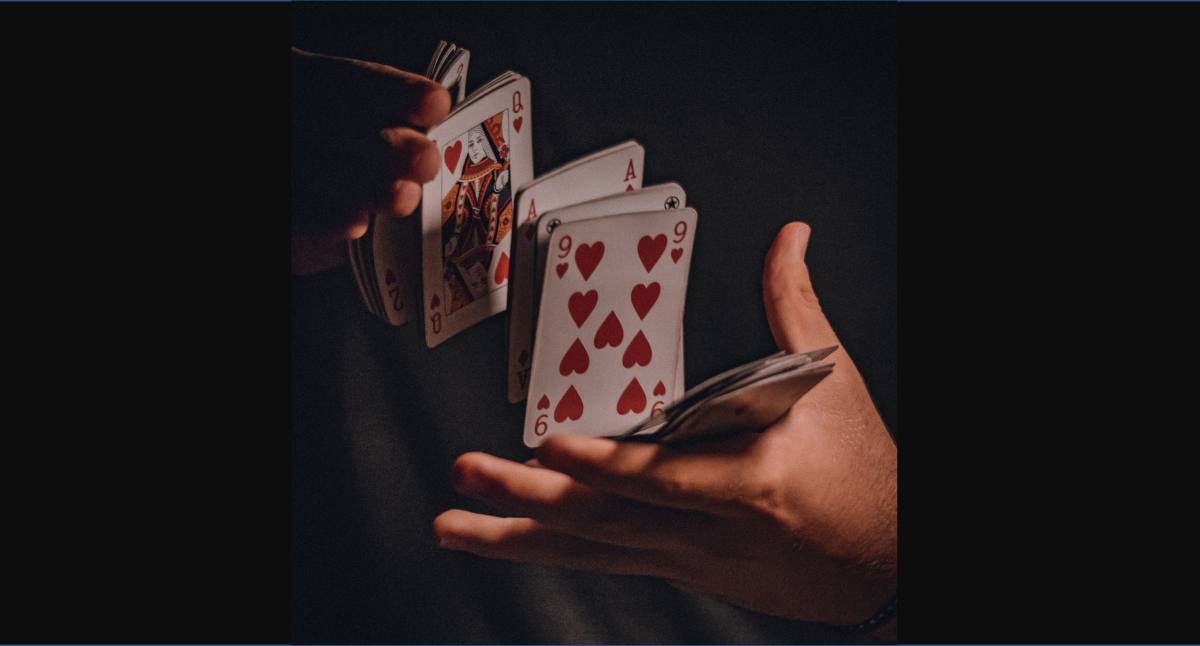
An attorney looks across the courtroom to see the jury venire that has been numbered and seated, observes a cross-section of people in the county, and begins to prepare for voir dire. But Texas is nothing if it isn’t big and if it isn’t unique – which means another twist might be around the corner: The Texas Jury Shuffle.
At this point just before voir dire, the opposing party may invoke Texas Rule of Civil Procedure 2231 or Texas Criminal Procedure Article 35.112 for criminal trials – referred to as the jury shuffle. Ordinarily, if the county follows an interchangeable jury system3, the jurors are placed on the general panel randomly and assigned for service from the top down. But if any party demands a shuffle before the voir dire examination, all the names of the jurors assigned to that court are reshuffled in a receptacle and reordered based on the shuffle. It is critical that the shuffle is requested before jurors are sworn or else the request will not be proper. Only one shuffle is allowed per trial in civil trials, while multiple shuffles are allowed in a criminal trial. The jury shuffle is largely unique to Texas, and it is looked at with mixed feelings inside and outside the Lone Star State.
Reasons to Request a Jury Shuffle
The idea behind the shuffle is that jurors seated first in order are more likely to be placed on the jury while those at the back are not. The shuffle is intended to provide a more diverse jury by reordering the seated potential jurors in an attempt to make it more likely to have a diverse panel and not inadvertently over representative of a single demographic4. But many opponents of the jury shuffle believe that it is being used for the exact opposite reasons, to make a jury less diverse5.
Shuffling based on the racial makeup of the jury has been the reason for several appeals under Texas law attempting to apply Batson 6 to the shuffle, but these challenges have been met with limited success. As it currently stands, Texas courts are not inclined to apply Batson to jury shuffling7, and Federal law is only inclined to view shuffling with suspicion under the circumstances, such as improperly peremptorily striking Black panel members as in Miller-El v. Dretke8. The United States Supreme Court in Miller-El noted the State’s prosecution had a predisposition to ask for a jury shuffle when the front of the panel was comprised of mainly Black jurors with suspicion, but placed a heavier emphasis on preemptory strikes and disparate questioning of Black panelists9. Opponents of the jury shuffle who don’t believe in its effectiveness in creating a diverse jury argue that even if Batson clearly applied to jury shuffling many of the issues surrounding jury shuffling would remain because of the difficulty in showing a Batson violation10.
Proponents of the jury shuffle, on the other hand, often look at it as a tool to effectively increase the diversity of selected jury. In Yanez v. State, the defendant took this approach and requested a jury shuffle to potentially move the four Hispanic panel members, who were placed at the end of the order, forward11. The Texas Court of Criminal Appeals overturned the defendant’s conviction because the trial court denied his timely request for a shuffle, but improper denial of a jury shuffle request is no longer automatically reversible because of subsequent case law and Texas appellate procedures12.
Many studies have shown that more diverse juries that capture a more encompassing cross-section of the communities and county they should represent are not only perceived by the public as fairer and more legitimate, but diverse juries have been shown to encompass a wider range of vantage points, cultural perspectives, and make for richer deliberations13. The richer debate and wider perspective of a diverse jury ideally will lead to fairer outcomes at trial with a jury that fairly represents the community as opposed to a homogenous jury.
At the end of the day, the Texas Jury Shuffle offers a roulette wheel’s chance for attorneys to try and reshape a venire panel to their liking. Opponents of the jury shuffle will continue to argue that the double-edge of the jury shuffle more often cuts against a diverse jury and that there better and more effective means available that are not as easily abused while proponents will continue to view the shuffle as a backstop against overly homogenous juries14. But, for now, the Texas Jury Shuffle will continue to be an available tool of trial lawyers in Texas, and so good attorneys in Texas should familiarize themselves with the jury shuffle and consider its implications before their next trial.
—–
- Tex. R. Civ. P. 223
- Tex. Crim. P. Art. 35.11
- Gov. C. §§62.016, 62.017
- SUPREME COURT OF TEXAS JURY TASK FORCE, FINAL REPORT 5, 55-64 (1997), at 176.
- Michael M. Gallagher, Abolishing the Texas Jury Shuffle, 35 St. Mary’s L.J. 303, 316 (2004)
- Batson v. Kentucky, 476 U.S. 79 (1986)
- Blanton v. Quarterman, 543 F.3d 230, 242 (5th Cir. 2008)
- Miller-El v. Dretke, 545 U.S. 231 (2005)
- Id. at 253-54.
- Michael M. Gallagher, Abolishing the Texas Jury Shuffle, 35 St. Mary’s L.J. 303, 328 (2004)
- Yanez v. State, 677 S.W.2d 62 (Tex. Crim. App. 1984)
- Richardson v. State, 981 S.W.2d 453, 456 (Tex. App.—El Paso 1998, pet. ref’d).
- Christina S. Carbone and Victoria C. Plaut, Diversity and the Civil Jury, 55 Wm. & Mary L. Rev. 837 (2014), https://scholarship.law.wm.edu/wmlr/vol55/iss3/6; Michael Tarm, Explainer: What is the Impact of Racially Diverse Juries?, AP News March 15, 2021, https://apnews.com/article/what-is-impact-racially-diverse-juries-explained-52b481dcefef9e402379bab8c541e0a8.
- Michael M. Gallagher, Abolishing the Texas Jury Shuffle, 35 St. Mary’s L.J. 303, 320 (2004)

